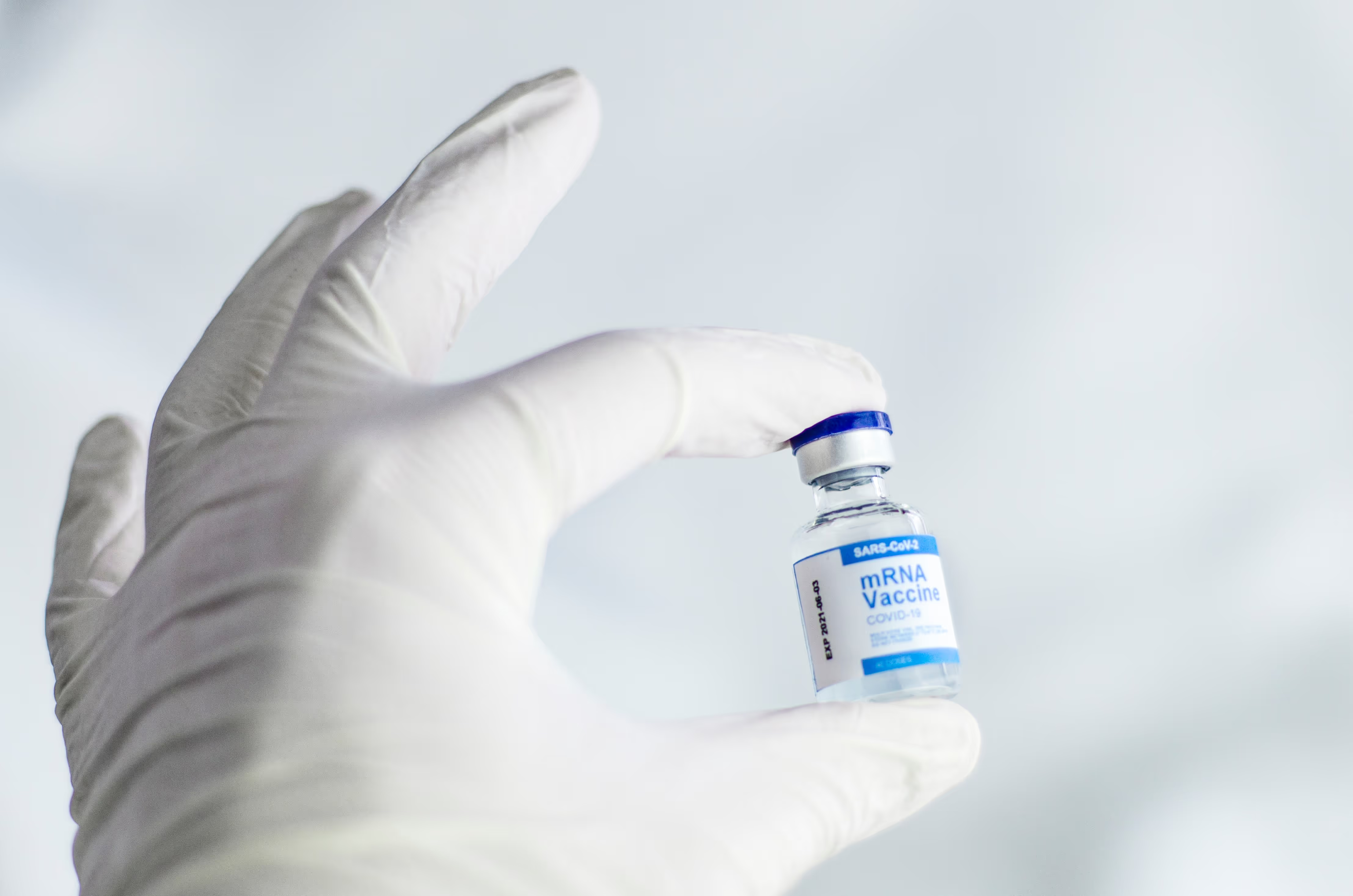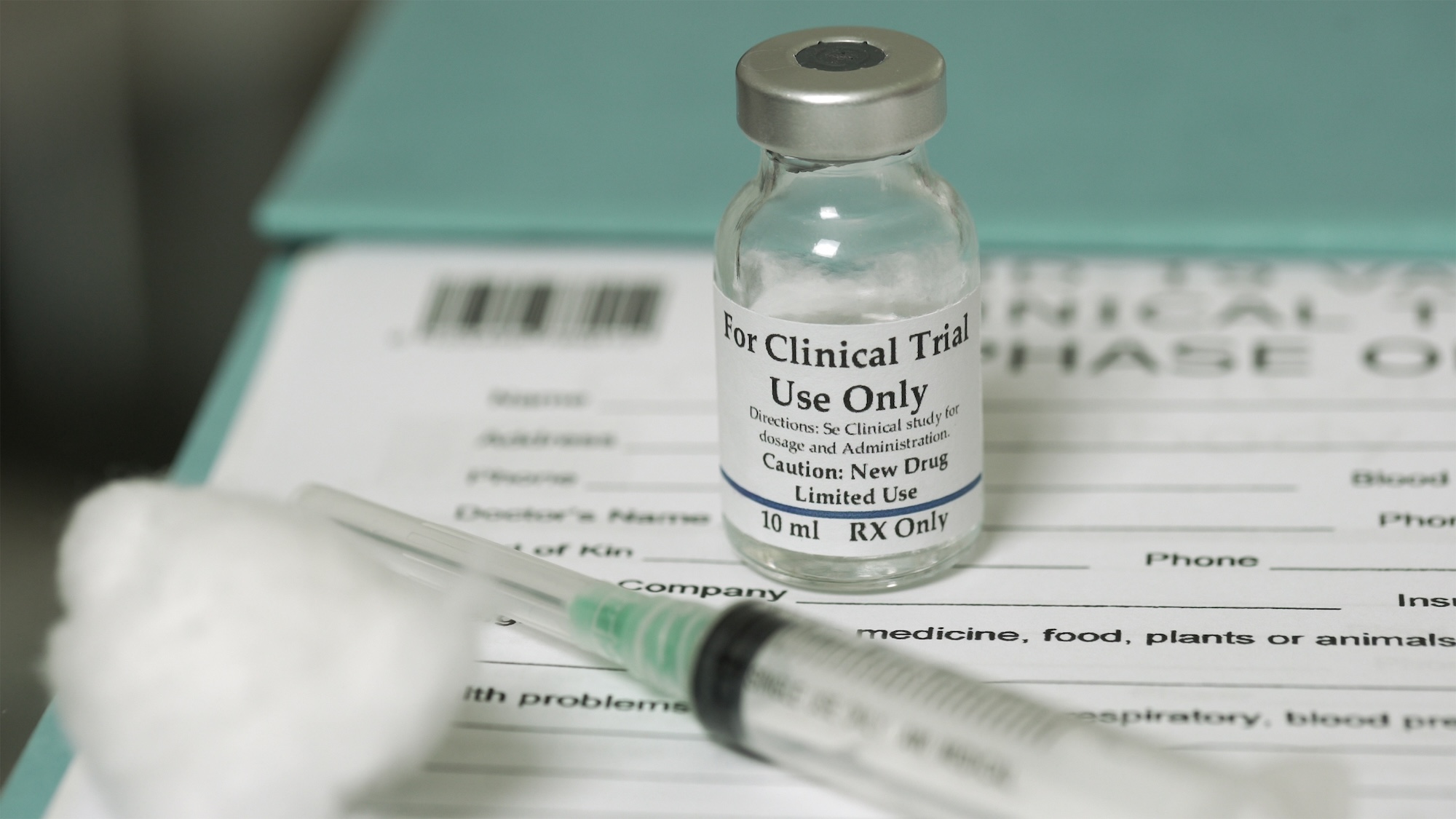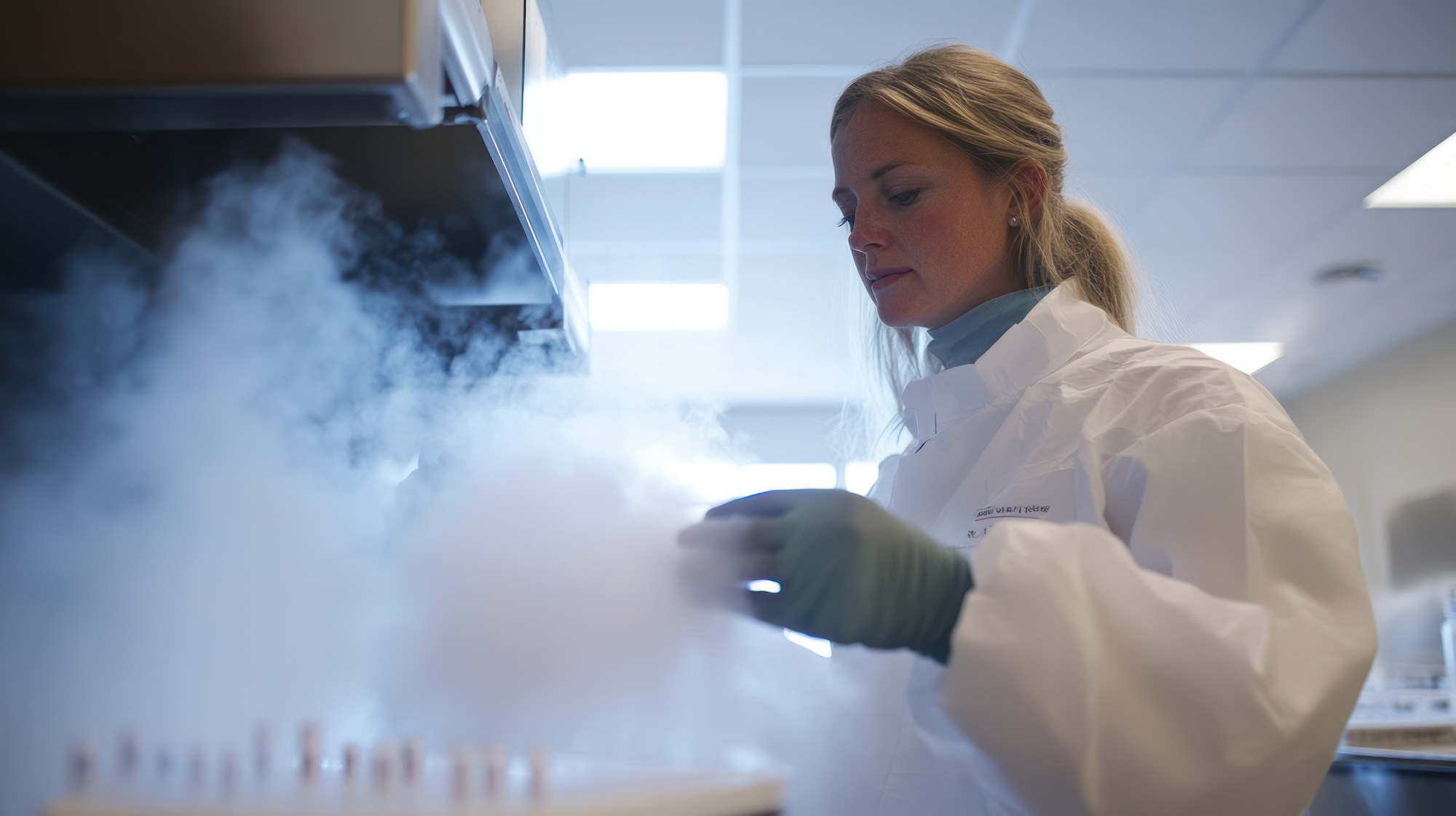Three approaches for automating clinical supply chains

Supply Chain transformation
Although they can often be confused, digitisation and automation are fundamentally different. Digitisation involves making previously paper-based processes digital. While this doesn’t automatically lead to efficiencies, in many instances, it makes organising, retrieving and visualising data simpler and faster for people.
Automation, on the other hand, is all about taking previously manual processes and enabling them to be completed without the need for human intervention. It removes human error and can massively speed up the pace and accuracy of tasks in every part of the clinical supply chain.
Both digitisation and automation are transforming the way that the life science industry operates. But there are a lot of options for companies to choose from, from harnessing different technologies to focusing on different parts of the supply chain.
Here are three of the routes Evan identified as great ways for clinical professionals to begin unleashing the transformative power of automation onto their supply chains.
Automating temperature excursion management
Temperature excursion management is a prime example of how automation can streamline processes. Current workflows can often mean that if an excursion occurs, it can take days to discover, evaluate, quarantine and confirm whether a resupply is necessary. In addition, it involves several manual interactions between different parts of the site and sponsor QA teams, prolonging quarantines and causing many unnecessary resupplying of drugs.
“There are a lot of opportunities to streamline this through automation,” says Evan. “By using technology, we can remove the need for manual intervention in the data ingestion, review and exchange processes. This hugely reduces site burden because the technology is taking care of monitoring temperature and acting when deviations occur.”
Removing stakeholder burden by combining IoT and eClinical infrastructure
Utilising solutions like Bluetooth and GPS/cellular loggers with cloud and IoT technologies makes it relatively simple to create seamless ingestion of temperature data with no gaps. For clinical operators, this means a huge reduction in site burden with a simultaneous increase in data collection, even from parts of the clinical supply chain that have historically proved challenging.
“Over and over again, we hear about the challenges of getting data from site storage,” says Evan. “As an example, by using TSS TempMonitor BLE, you are able to wirelessly connect to refrigerators, freezers and ambient room temperature storage and get a live, continuous data feed. So, if a fridge door gets left open, that live feed will trigger an alert in real-time, allowing for a quick intervention.”
Enabling End-to-End clinical supply management with interoperability
Modern systems are built using APIs that allow for bi-directional exchange of data through a range of web services. This has several benefits for clinical supply chains. For example, it allows for the automatic quarantine or release of drugs after a deviation is detected.
“Our system knows what’s in individual shipments. It knows individual kit identifiers and stability budgets,” says Evan.
“That’s the real magic that enables automation and reduces all this wasted time for sites and QA teams and ultimately ensures safer treatments being delivered to patients.”
Watch the webinar
We are in a very exciting period of innovation for the life sciences industry. Automation, IoT and a range of digital solutions are removing ingrained inefficiencies and opening new opportunities to create better outcomes for patients. We are proud to be able to play a role in transforming clinical supply chains by automating temperature excursion management.
We have only scratched the surface of what Evan covered in the webinar here. So if you want to explore this area in more detail, make sure to download the webinar by completing the form below:
You may also be interested in

Exploring the solution to a global question

Clinical Trial Supply Europe Event 2025
.avif)
TSS Welcomes Thomas Lindén as New Chief Technology Officer
You may also be interested in

Can You Rely on the Results from Your Clinical Trials?


